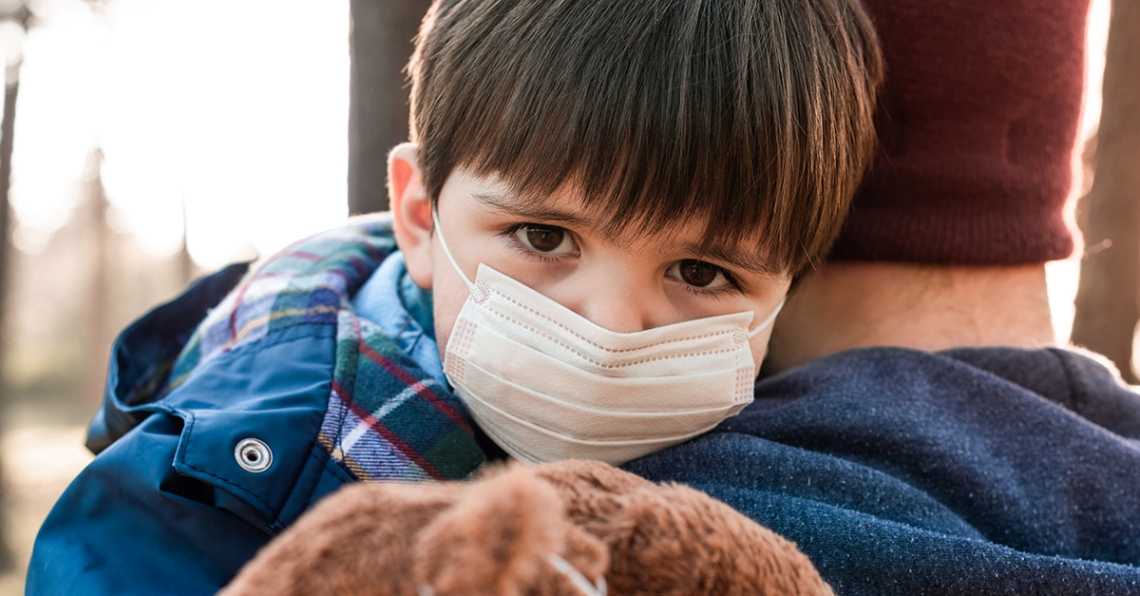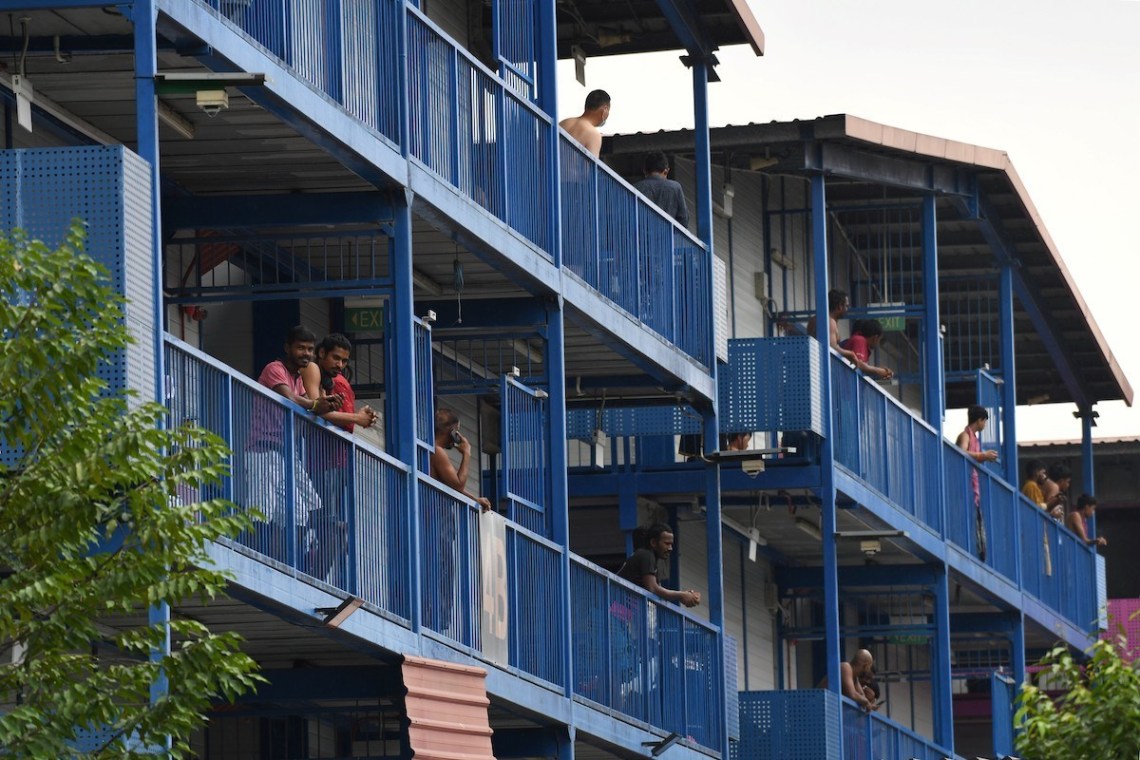The US government is funding a study on the relation between allergic conditions to COVID-19 in children.
How rare is COVID-19 in children?
The data gathered by the Centers for Disease Control and Protection (CDC) from February 12 to April 2, the ratio of COVID-19 in children in the US is at 1.7 percent. A tiny portion of the almost 150,000 cases in the US when the data was gathered. Data is restricted to laboratory tested cases in the US.
With the observation on cases of COVID-19 in children to be less occurring, the National Institute of Allergy and Infectious Disease in partnership in coordination with the National Institutes of Health pilots a study funded by the US government. The study will aim to pinpoint the effect of COVID-19 in children, if they are less susceptible to the virus, or whether they don’t usually express symptoms despite being positive.
To fulfill the study, they will require around 6000 individuals from at least 2000 families. These families with children will be enlisted and monitored constantly by the team of researchers, whether they acquire the virus or not for the duration of six months.
Human Epidemiology and Response to SARS-CoV-2 (HEROS)
Families enlisted in the study will maintain a normal lifestyle as usual. Swab tests will be collected every two weeks to determine any sort of contamination present. Children under this study consist of healthy kids, asthmatic, and those with common allergies.
Health workers will maintain these families via questionnaires about recent interactions and contacts, blood sampling, and possible stool sampling for individuals experiencing COVID-19 like symptoms.
Dr. Tina Hartert, director of the Center for Asthma and Environmental Science Research at Vanderbilt University, will lead the HEROS study.
Featured image by COVID-19 World News







